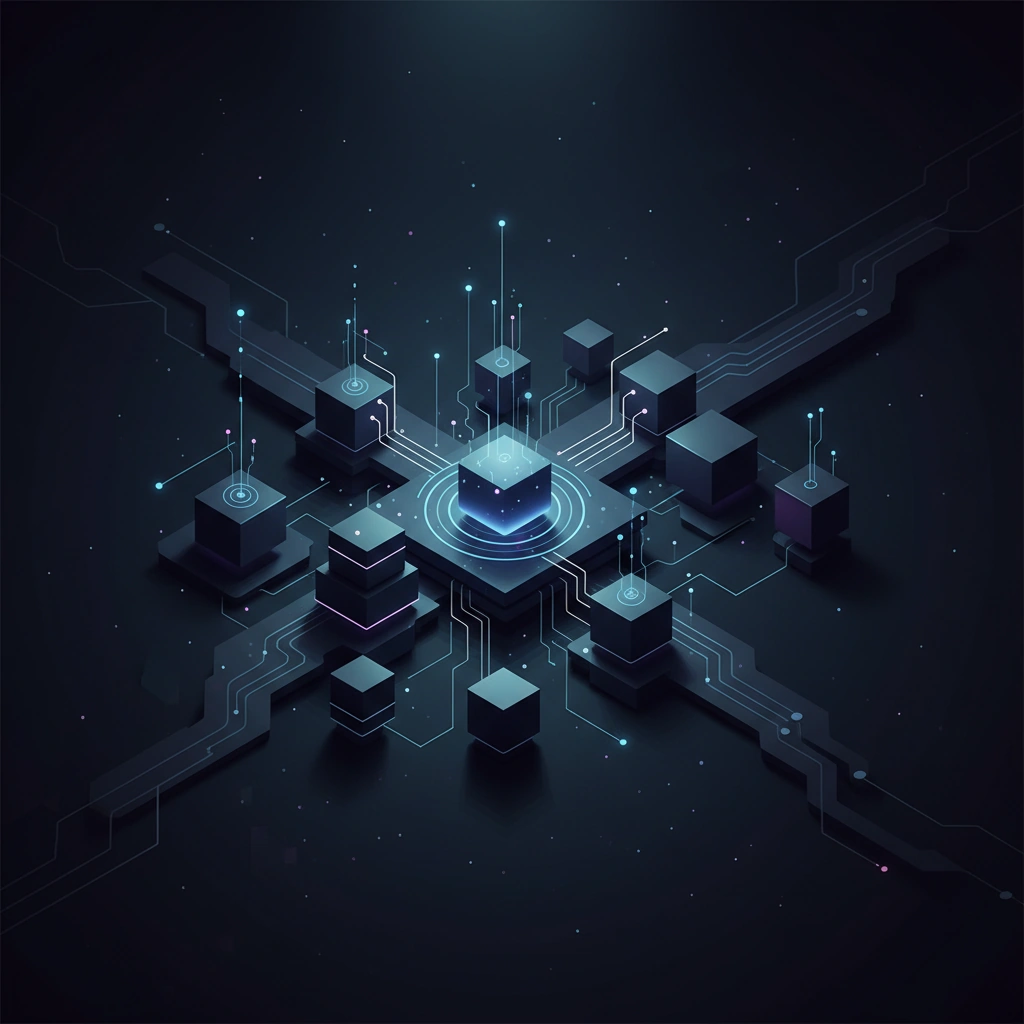Building Modular AI Agents with Model Context Protocol
Model Context Protocol (MCP) offers a standardized approach to building modular AI agents. This technical framework enables developers to create flexible, interconnected agent systems with reusable components and improved maintainability.

As AI agents evolve beyond simple chatbots into complex, multi-functional systems, developers face a critical challenge: how to build agents that are both powerful and maintainable. The Model Context Protocol (MCP) emerges as a promising solution, offering a standardized framework for creating modular, interconnected AI agent architectures.
The Modularity Challenge in AI Agents
Traditional AI agent development often results in monolithic systems where capabilities are tightly coupled. When you want to add a new feature—such as web search, database access, or API integration—you typically need to modify core agent code, increasing complexity and potential for errors. This approach doesn't scale well as agent capabilities expand.
Model Context Protocol addresses this by establishing a standardized way for AI models to interact with external tools, data sources, and services. Rather than building everything into a single agent, MCP enables developers to create discrete, reusable modules that agents can leverage through a consistent interface.
Core Architecture of MCP
At its foundation, MCP introduces three key architectural components: servers, clients, and protocols. Servers expose specific capabilities—whether accessing a database, performing calculations, or interfacing with external APIs. Clients, typically AI models or agent frameworks, consume these capabilities. The protocol itself defines how clients and servers communicate, ensuring consistency across implementations.
This separation of concerns means that a single MCP server can serve multiple agents, and agents can dynamically connect to various servers based on their needs. A financial analysis agent might connect to market data servers, while a research agent could leverage academic database servers—all using the same underlying protocol.
Implementation Patterns
MCP implementations typically follow a request-response pattern similar to REST APIs but optimized for AI agent interactions. When an agent needs to perform a task requiring external capabilities, it sends a structured request to the appropriate MCP server. The server processes the request, interacts with its underlying resources, and returns formatted data the agent can understand and act upon.
The protocol supports various interaction types, including synchronous queries for immediate responses and streaming connections for real-time data feeds. This flexibility allows developers to optimize for different use cases—from quick fact retrieval to continuous monitoring scenarios.
Advantages for Agent Development
The modular approach offers several compelling advantages. Reusability stands out as a primary benefit: once you've built an MCP server for a specific capability, any agent can use it without reimplementation. This dramatically reduces development time for multi-agent systems.
Testing and debugging become more manageable when capabilities are isolated into discrete servers. You can test a database access module independently from the agent logic, catching errors earlier and more precisely. Security and access control also improve, as sensitive operations can be contained within specific servers with their own authentication and authorization mechanisms.
Furthermore, MCP facilitates scalability both in development and deployment. Teams can work on different servers simultaneously without stepping on each other's code. In production, heavily-used servers can be scaled independently based on demand.
Integration with Modern AI Frameworks
MCP isn't designed to replace existing agent frameworks like LangChain or AutoGPT but rather to complement them. These frameworks can serve as MCP clients, using the protocol to access standardized tools and services. This creates an ecosystem where framework-agnostic tools can be shared across the AI development community.
The protocol's standardization also opens possibilities for marketplaces of MCP-compatible services. Organizations could offer specialized capabilities—industry-specific data access, proprietary analytics, or compliance checking—as MCP servers that developers can integrate into their agents.
Challenges and Considerations
While MCP offers significant advantages, it introduces complexity in system architecture. Developers must manage multiple services, handle network communication, and design appropriate error handling across service boundaries. The protocol is still evolving, meaning early adopters may need to adapt to changes.
Performance considerations also matter. Network latency between agents and MCP servers can impact response times compared to monolithic implementations. Careful architecture—including server placement, caching strategies, and connection pooling—becomes essential for production deployments.
Looking Forward
Model Context Protocol represents a maturation of AI agent architecture, moving from ad-hoc integrations toward standardized, maintainable systems. As the protocol gains adoption and tooling improves, we're likely to see more sophisticated agent ecosystems where capabilities can be composed and reconfigured without extensive redevelopment.
For developers building AI agents today, MCP offers a path toward more flexible, scalable systems. While it requires upfront architectural thinking, the long-term benefits in maintainability and reusability make it a compelling approach for serious agent development projects.
Stay informed on AI video and digital authenticity. Follow Skrew AI News.



